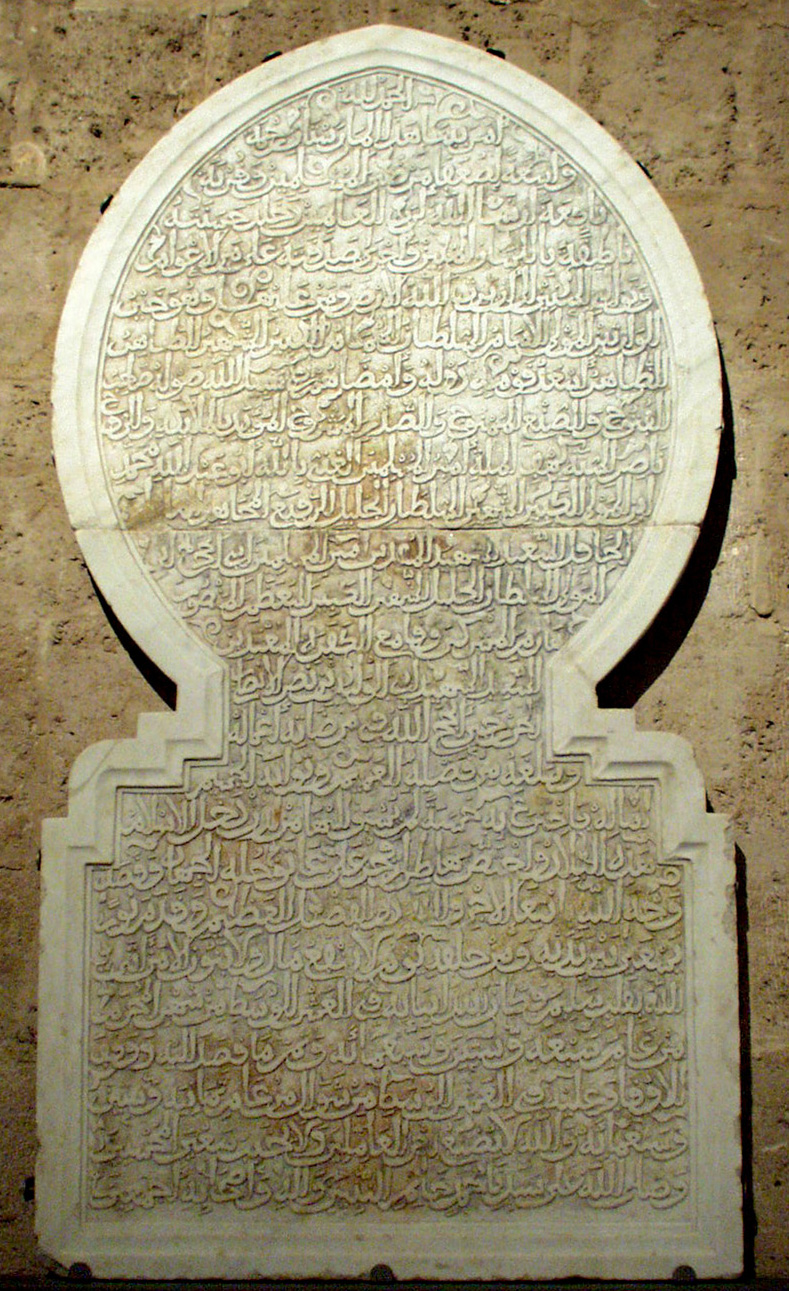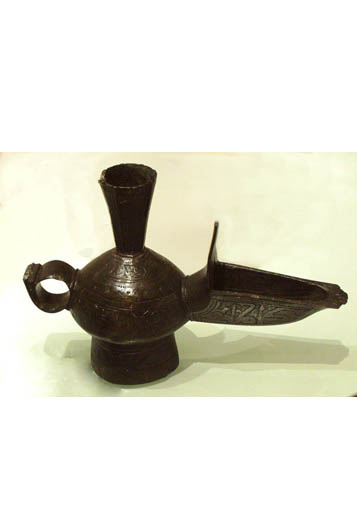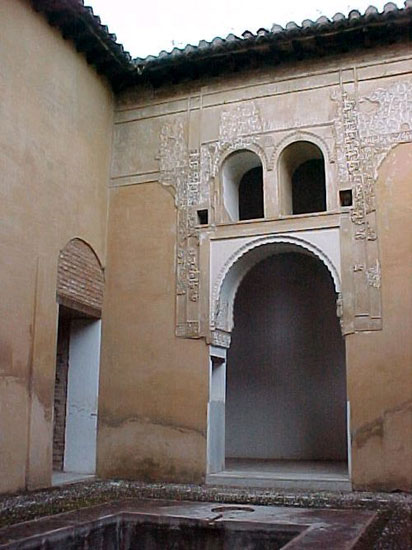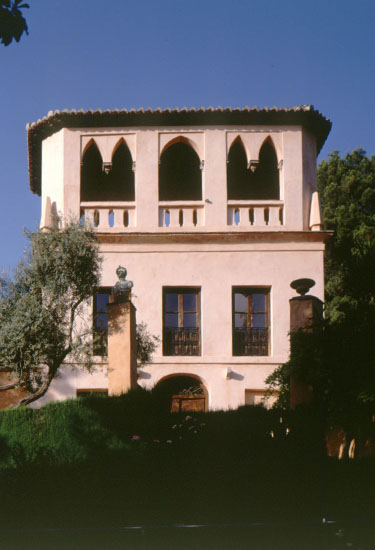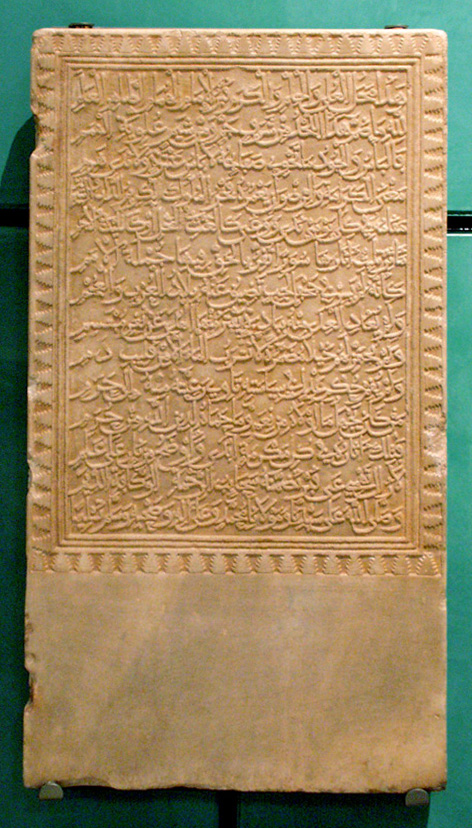The yew of the High Gardens of the Generalife
Name: Taxus baccata L. commonly known as Yew
Family: TAXACEAE
Origin: Western, central and southern Europe, northwest Africa, northern Iran and southwest Asia.
Etymology: Yew was a species highly appreciated in antiquity, particularly by its high quality wood, and studied both by its curative properties as poisonous. Were the Greeks who gave to the yew Taxus name based on two important aspects of this tree: taxon = arc and toxikon = poison; on the one hand its wood, resistant and flexible, used for the manufacture of bows and, on the other, its poisonous nature was well known (it is called tree of death), being frequently named in Greek literature and also in Latin.
History: Julius Caesar speaks of this tree in the sixth book of De Bello Gallico, published in 51 BC, where he mentions the death of Chief Catuvolcus, who committed suicide by drinking an infusion made of yew bark. This constant on the poisonous power of yew continued throughout history and has reached our days. However, common yew has gone from being a sacred and species widely known in antiquity to be in progressive regression, almost in danger of extinction, being necessary to propose its conservation and even the repopulation in the most conducive areas.
Relevant information:
• Height: 13,8 m
• Diameter at 1m: 95 cm
• Canopy area: 110 m2
Uses: Precisely because of its slow growth, its longevity and its tolerance to pruning, the European yew has been con¬sidered the tree par excellence for the gardens of Topiary, be indispensable with boxwood in the gardens of the Baroque style. There are also more than 130 ornamental varieties of yew, which are cultivated in parks and gardens and their number is increasing.
Did you know… Historically its great branches have suffered serious damage because of the wind storms.
Did you know… that this yew is actually a “Lady Yew”, since it is a elderly female. Also, there is a smaller male yew in this garden.





 Contact
Contact






